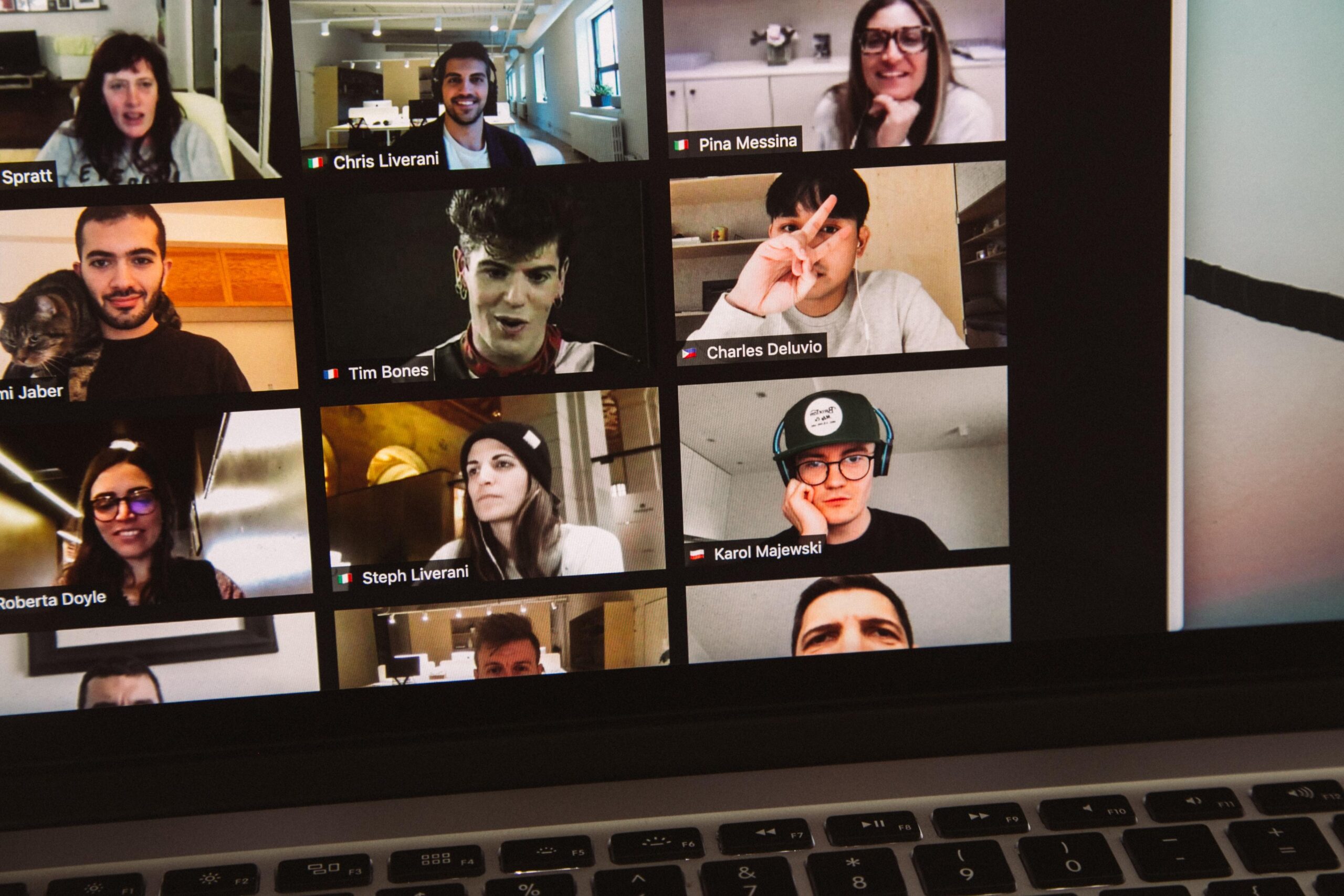Creating Remarkable Event Banners
An efficiently designed event banner or event poster is your brand ambassador which promotes, advertises or creates awareness for your passion project. A professionally designed custom banner will help you reach out to all the business owners and senior marketing managers in your area.
It is estimated that 65% of marketing personnel use eye-catching designs to attract people toward making purchases from their businesses. There is no right or wrong way to design banners, posters or flyers, but these easy-to-follow design tips will help you maximize the desired marketing impact.
Step-by-Step Guide for Creative Designs
With advanced software available in the market, designing creative event banners and flyers is not intimidating or elusive anymore.
Step 1: Decide an Objective
The messages printed on the event posters should be very specific according to the type of event you are promoting in order to attract your target audience.
Step 2: Identify Your Target Audience
The next step is to identify your target audience. They can be business owners, senior marketing management and marketing personnel. Therefore, the language, colors and message should speak directly to your audience.
Step 3: Outline the Location
Each display location requires a uniquely designed poster or banner to match the display backdrop. You can also design and share your flyers and posters digitally on social networking platforms to avoid any distribution hassle.
Step 4: Determine Design Size
Determine the size that is best for your event before creating the design.
Step 5: Design the Concept
Let your imagination flow and allow all ideas without thinking about having a perfect design. Write suitable headlines to show the event’s objectives. Organize text elements following the theme and size of the banner, flyer or poster. Approach the audience with a short and catchy message that includes a call for further action. Creatively use relevant images and graphics to create a strong impact on the viewer.
Step 6: Create an Effective Layout
The design layout should be well balanced with proper spacing, a visible company name and an optimally positioned logo. The call to action must be explicitly stated for the audience to avoid any miscommunication.
Step 7: Feedback
Take honest feedback about the flyer, poster or banner from industry experts before releasing it. Make appropriate changes accordingly.
Step 8: Distribution
Distribution should be done through both electronic and print media. Use social media platforms to reach your audience. Also, determine the print number to get the flyers, posters and banners printed for distribution in a cost-effective manner.
Use the above easy-to-follow steps to develop some great poster design ideas as communication and branding is the key to running successful businesses and managing events. You can also use template options for designing that are available online through various event graphics company websites.
If you still have any queries regarding designing event banners, flyers or posters, contact us using the form or email us directly to get a quick and customized response.









